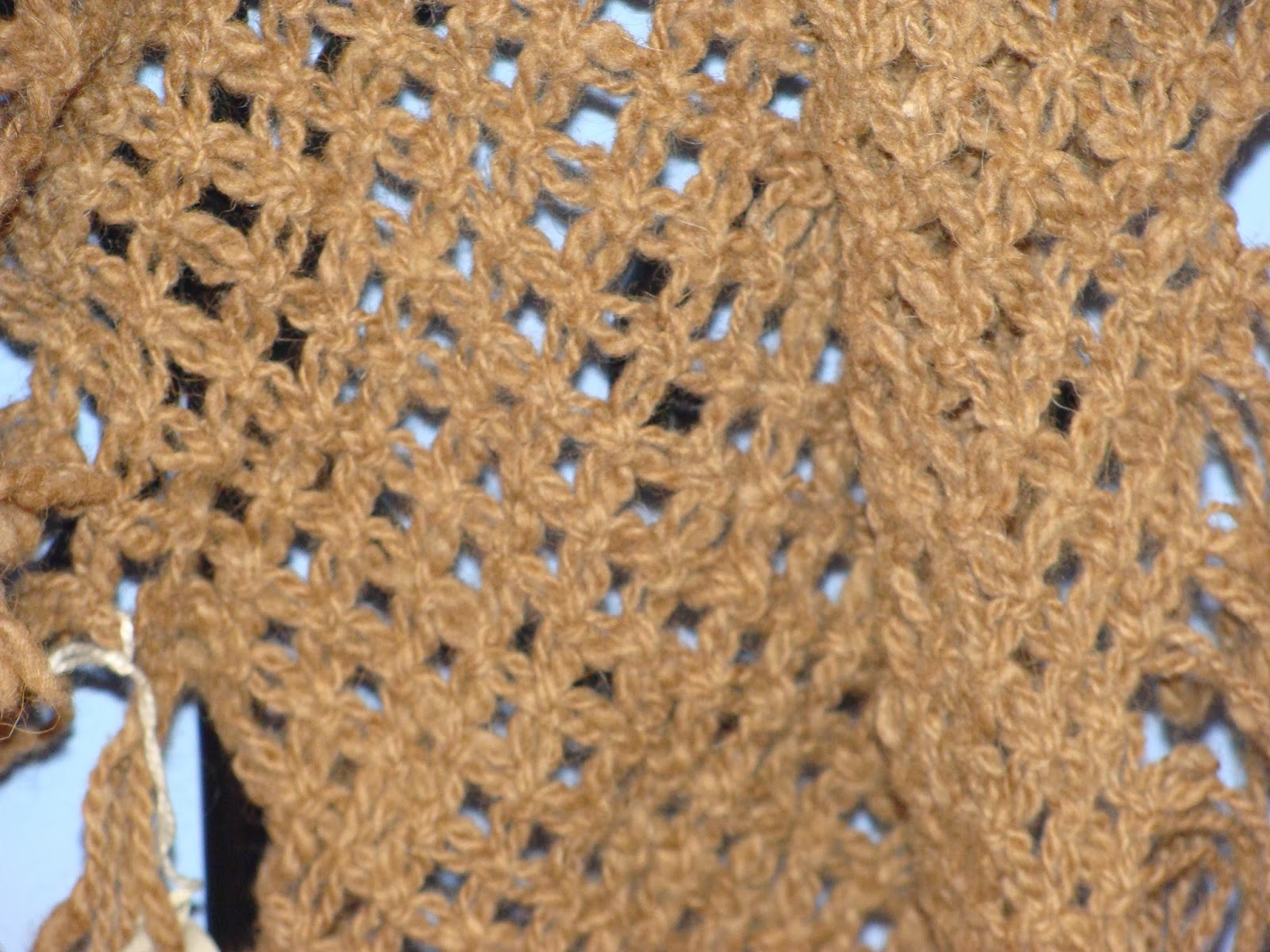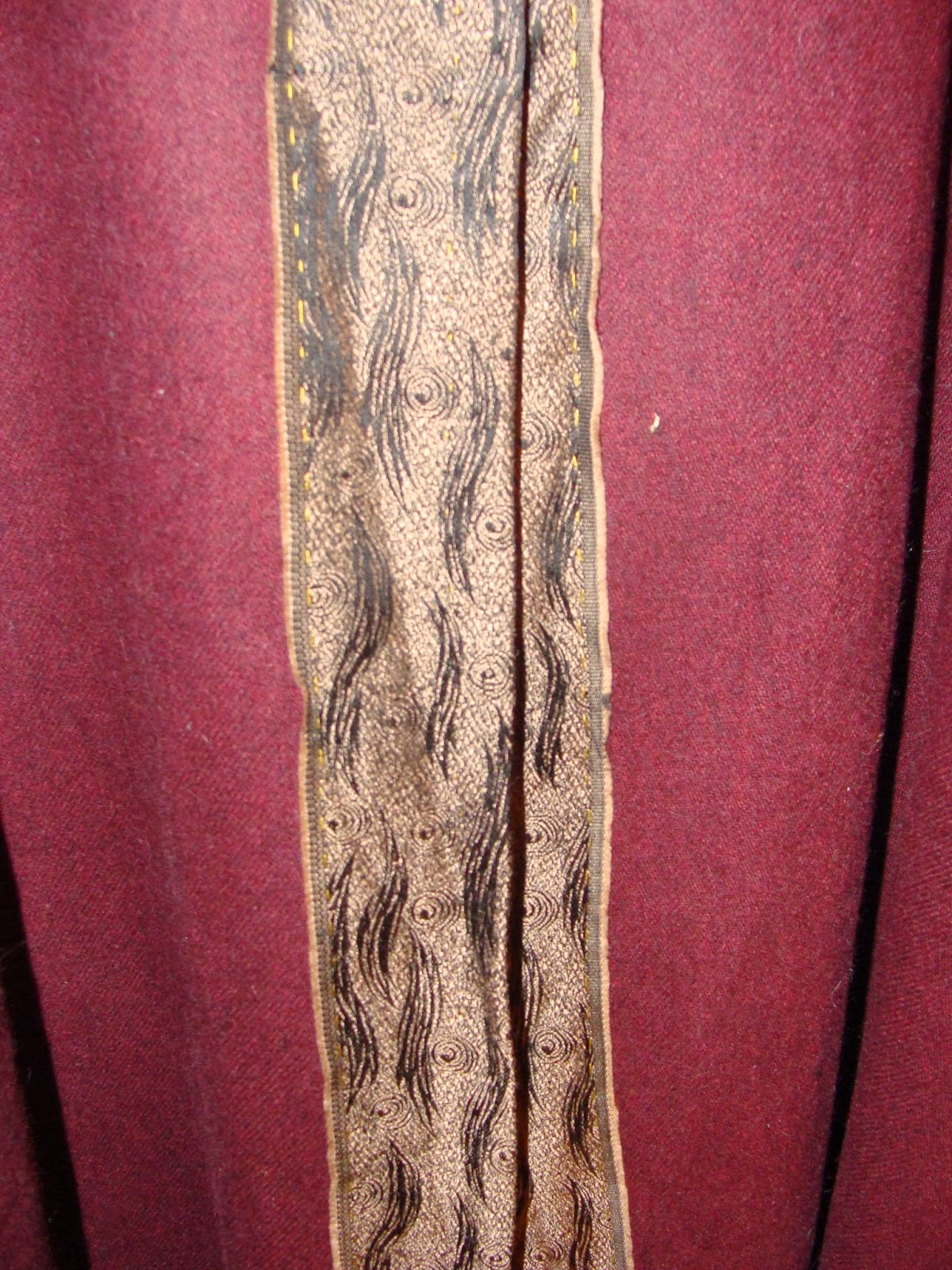I love
spinning but sometimes I don’t know what to do with all my spinned wool. I just
can’t learn knit or crochet. Long time ago one of my friend lent me a Dutch
book about macramé. That was a hit the jackpot! Macrame is a form of textile-making using knotting orginated with Arab weawers in 13th century. Macrame was very popular in Victorian era and among American hippies in the 1970.. I fell in love with macramé although
everything was written in Dutch (and I of course don’t know this language except
several words which I learned studying this book). So it’s easy to guess that I
made some macramé of my spinned wool.
Two years
ago I spinned by my favourite very heavy (180 g) spindle Polish mixed wool. Then I asked
my friend Rosamar to dye it in rainbow colours. The result was absolutely gorgeous.
But it was only the beginning of a long, log trip. Next I had to count the
length of yarns. It was important if I wanted to knot them in The Rainbow Shawl
I dreamed of.
And the
work of knotting started.
 |
| The shawl in progress |
It took me
one week of work but the result was very satisfying. That’s it. The Rainbow
Shawl.
Last summer
it found it’s fan who fell in love with this beautiful shawl.
Last year I
decided to buy some camel wool. I wanted to use it for some Kipchak staff (a bag
or a hat) but this wool was so soft and delicate and tempted me so much that I
couldn’t resist and I spinned it using my heavy spindle. Then I knotted it in a
special kind of shawl (it looks rather like scarf: very narrow and long).
 |
| The camel scarf in it's magnificence |
My last
finished work is little pouch made of cotton-wool in beautiful lilac colour.
Now I'm working with another pouch. This time it looks like a lace. It will be a pouch for a bride.
In 17th century Mary II - the Queen of England, Scotland and Ireland saw macrame. She learned making it and then taught her ladies-in-waiting. Who else has fallen in love with this kind of work as Queen Mary and me?































